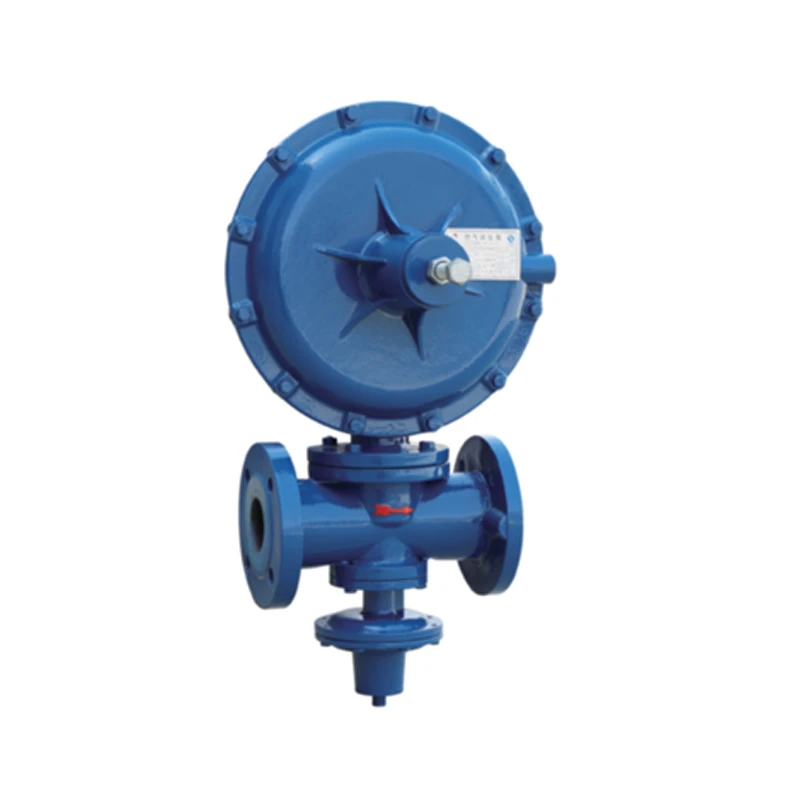
Dec . 04, 2024 16:44
Back to list
Understanding the Functionality and Benefits of Pressure Reducing Valves in Various Applications
Understanding Pressure Reducing Valves Importance and Functionality
Pressure reducing valves (PRVs) are essential components in various industrial, commercial, and residential systems that require stable pressure for optimal performance. A pressure reducing valve automatically reduces the inlet pressure from a higher level to a predetermined lower outlet pressure, ensuring that downstream equipment operates within safe and efficient pressure limits. This article delves into the significance, functionality, and applications of pressure reducing valves, emphasizing their role in modern systems.
What Is a Pressure Reducing Valve?
A pressure reducing valve is a type of control valve designed to regulate the pressure of a fluid or gas being released from a higher pressure source. It functions by allowing the fluid to flow into a chamber, where a valve mechanism opens or closes based on the pressure detected by internal sensors. When the downstream pressure exceeds the set limit, the valve automatically adjusts to reduce the flow and decrease the pressure, maintaining a consistent output.
The primary components of a PRV include a diaphragm, spring, and shut-off valve. The diaphragm reacts to changes in downstream pressure, while the spring provides resistance to the diaphragm's movement. The balance between these two elements dictates the operation of the valve.
Importance of Pressure Reducing Valves
1. Protection for Equipment Excessive pressure can damage sensitive equipment and piping systems. PRVs protect these components by ensuring that the pressure remains within safe operational limits. This is crucial in industries such as petrochemicals, pharmaceuticals, and food processing, where equipment integrity is paramount.
2. Energy Efficiency By maintaining optimal pressure levels, PRVs reduce energy consumption in systems that rely on pumps or compressors. Properly regulated pressure minimizes the workload on these devices, leading to improved overall efficiency and lower operating costs.
3. Improved System Performance In applications like irrigation systems, hydraulic machinery, and building plumbing, maintaining stable pressure is vital for reliable operation. Pressure reducing valves help achieve uniform pressure distribution, leading to enhanced performance and product quality.
4. Safety In many applications, excessive pressure can pose significant safety risks, potentially leading to catastrophic failures. PRVs help mitigate these risks by providing a fail-safe mechanism that ensures pressure does not exceed predefined limits.
pressure reducing valve

Applications of Pressure Reducing Valves
Pressure reducing valves find applications across various sectors
1. Water Supply Systems In municipal water systems, PRVs are used to reduce incoming water pressure from mains to a safe level for distribution, preventing pipe bursts and leaks.
2. HVAC Systems In heating, ventilation, and air conditioning (HVAC) systems, PRVs help regulate water and refrigerant pressures, ensuring optimal system performance and comfort.
3. Industrial Processes Industries like chemical manufacturing, oil and gas, and power generation use PRVs to maintain consistent pressure levels in various processes, enhancing safety and efficiency.
4. Fire Protection Systems In sprinkler systems, PRVs manage water pressure to ensure adequate flow during a fire emergency, providing effective fire suppression.
5. Residential Applications Home plumbing systems often employ PRVs to ensure that water pressure remains safe for appliances and fixtures, preventing damage and inefficiency.
Conclusion
Pressure reducing valves are indispensable devices that play a critical role in maintaining system integrity, safety, and efficiency across various applications. By regulating pressure and preventing system overload, they safeguard equipment, enhance energy efficiency, and improve operational reliability. As industries continue to evolve and demand more efficient and safe systems, the importance of pressure reducing valves will only increase. Understanding their functionality and applications is essential for engineers, technicians, and facility managers tasked with designing and maintaining effective fluid and gas management systems. In a world where precision and safety are paramount, pressure reducing valves stand as silent guardians of system performance.
Latest news
-
Safety Valve Spring-Loaded Design Overpressure ProtectionNewsJul.25,2025
-
Precision Voltage Regulator AC5 Accuracy Grade PerformanceNewsJul.25,2025
-
Natural Gas Pressure Regulating Skid Industrial Pipeline ApplicationsNewsJul.25,2025
-
Natural Gas Filter Stainless Steel Mesh Element DesignNewsJul.25,2025
-
Gas Pressure Regulator Valve Direct-Acting Spring-Loaded DesignNewsJul.25,2025
-
Decompression Equipment Multi-Stage Heat Exchange System DesignNewsJul.25,2025

